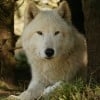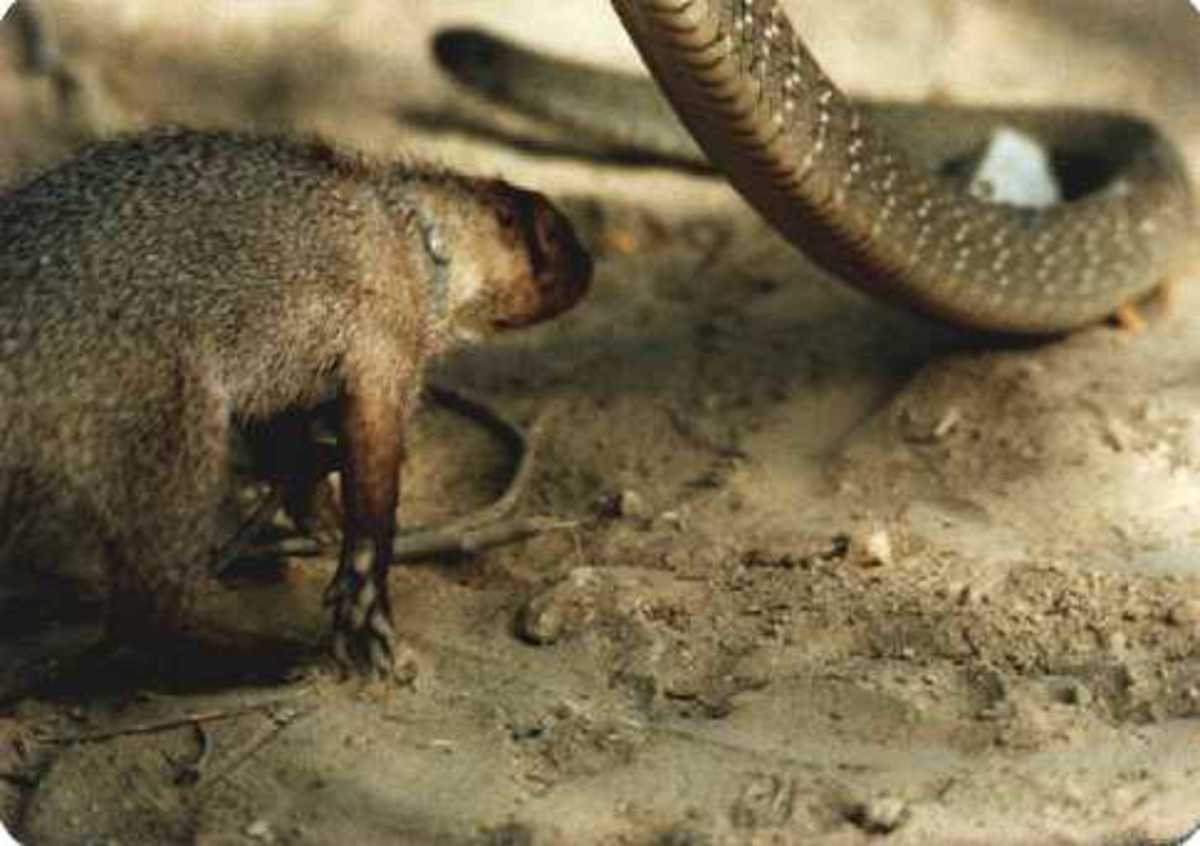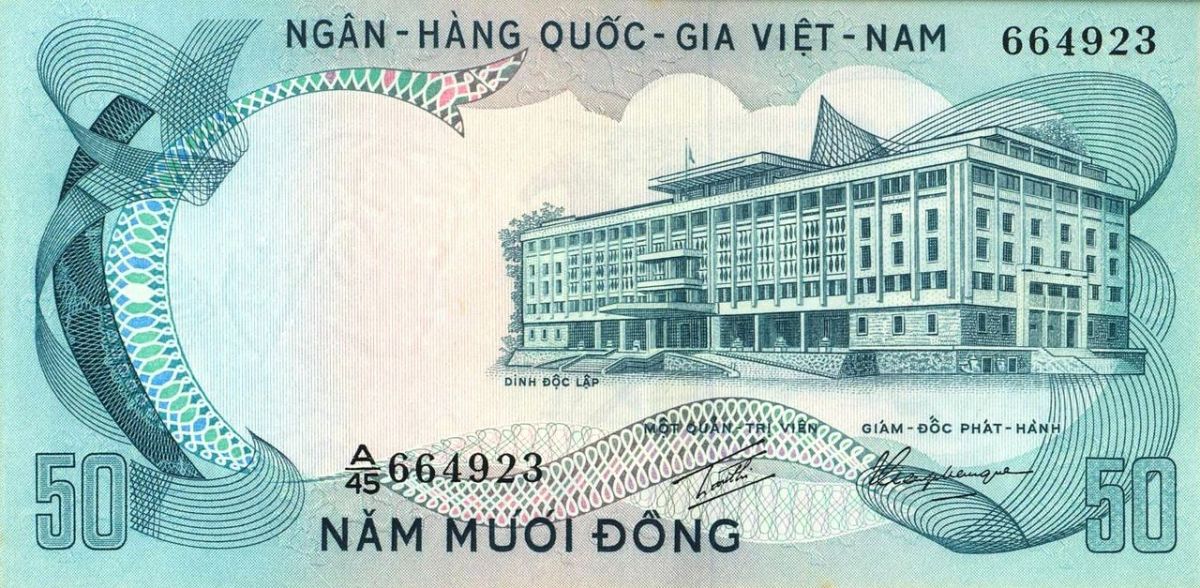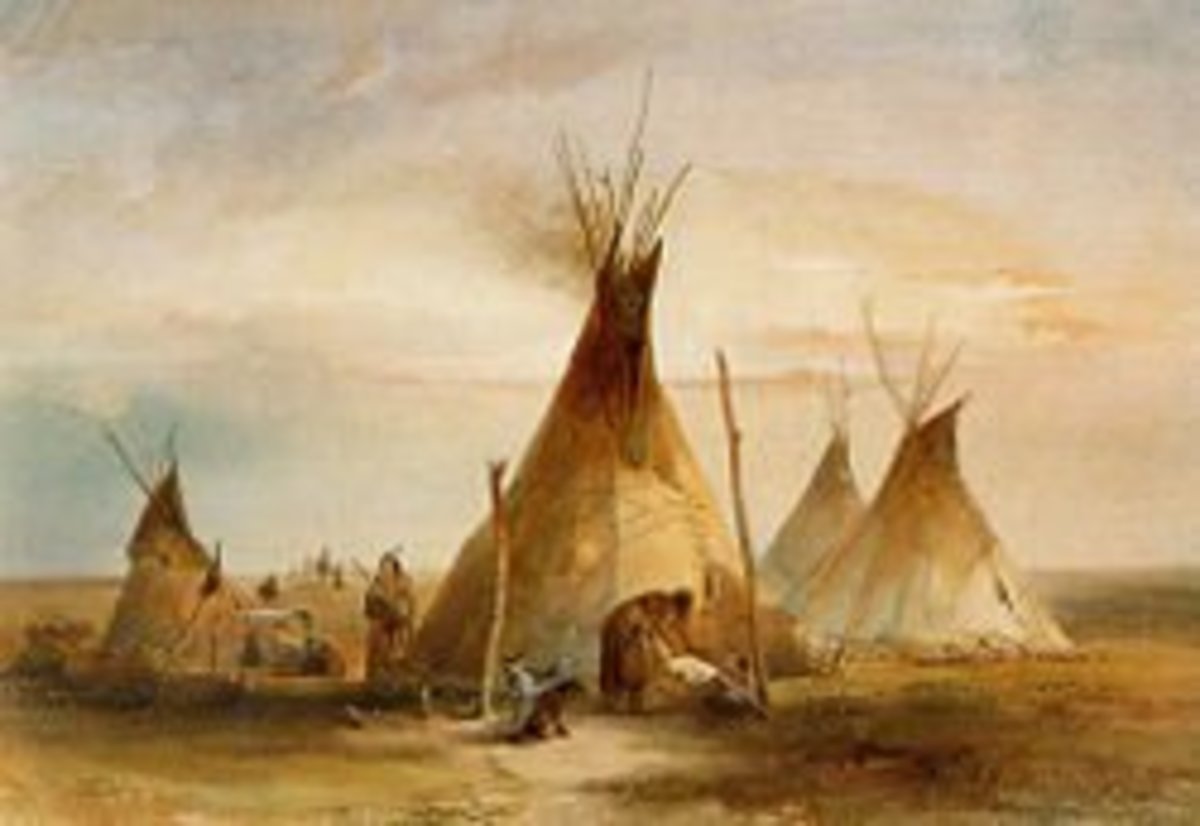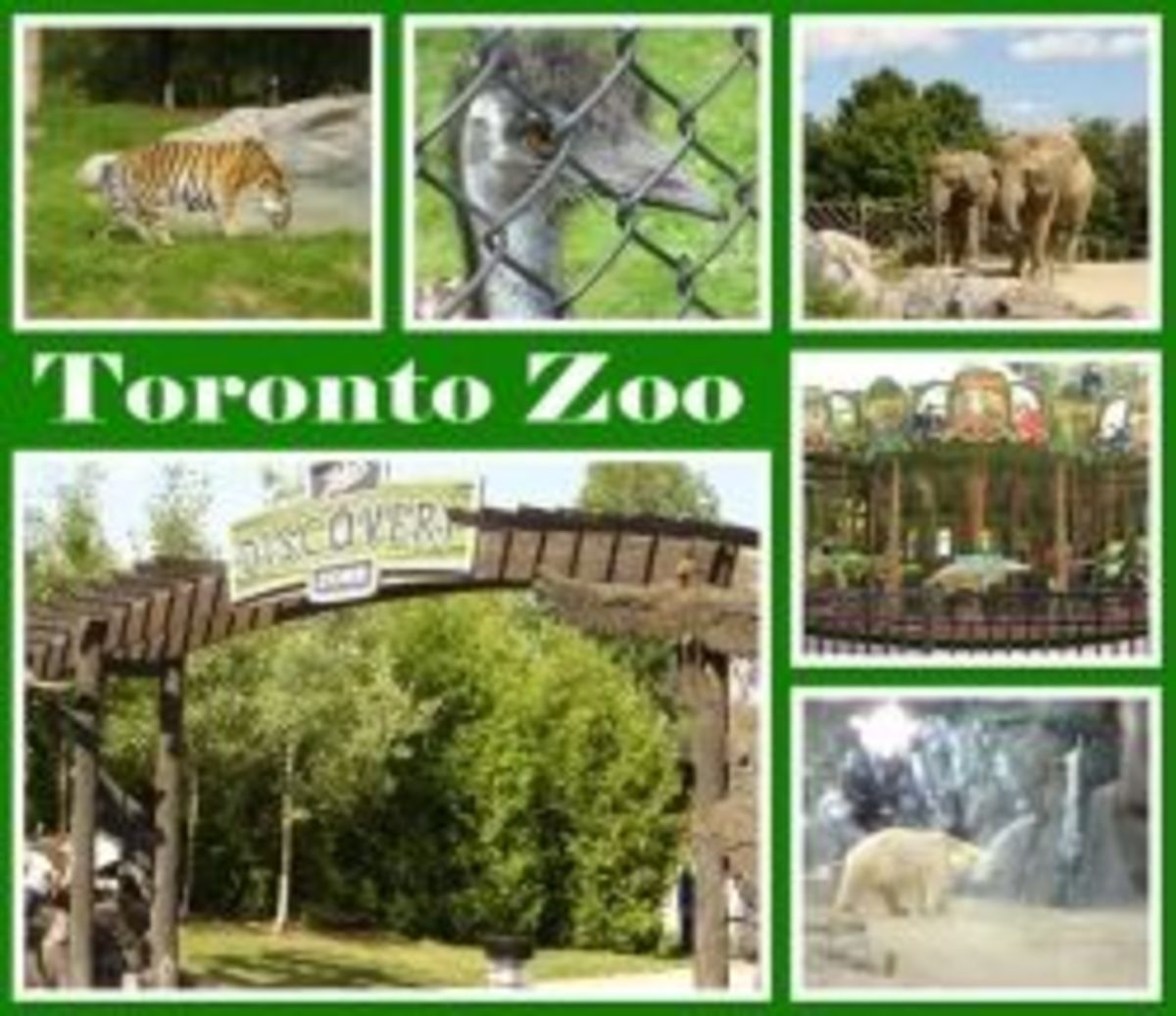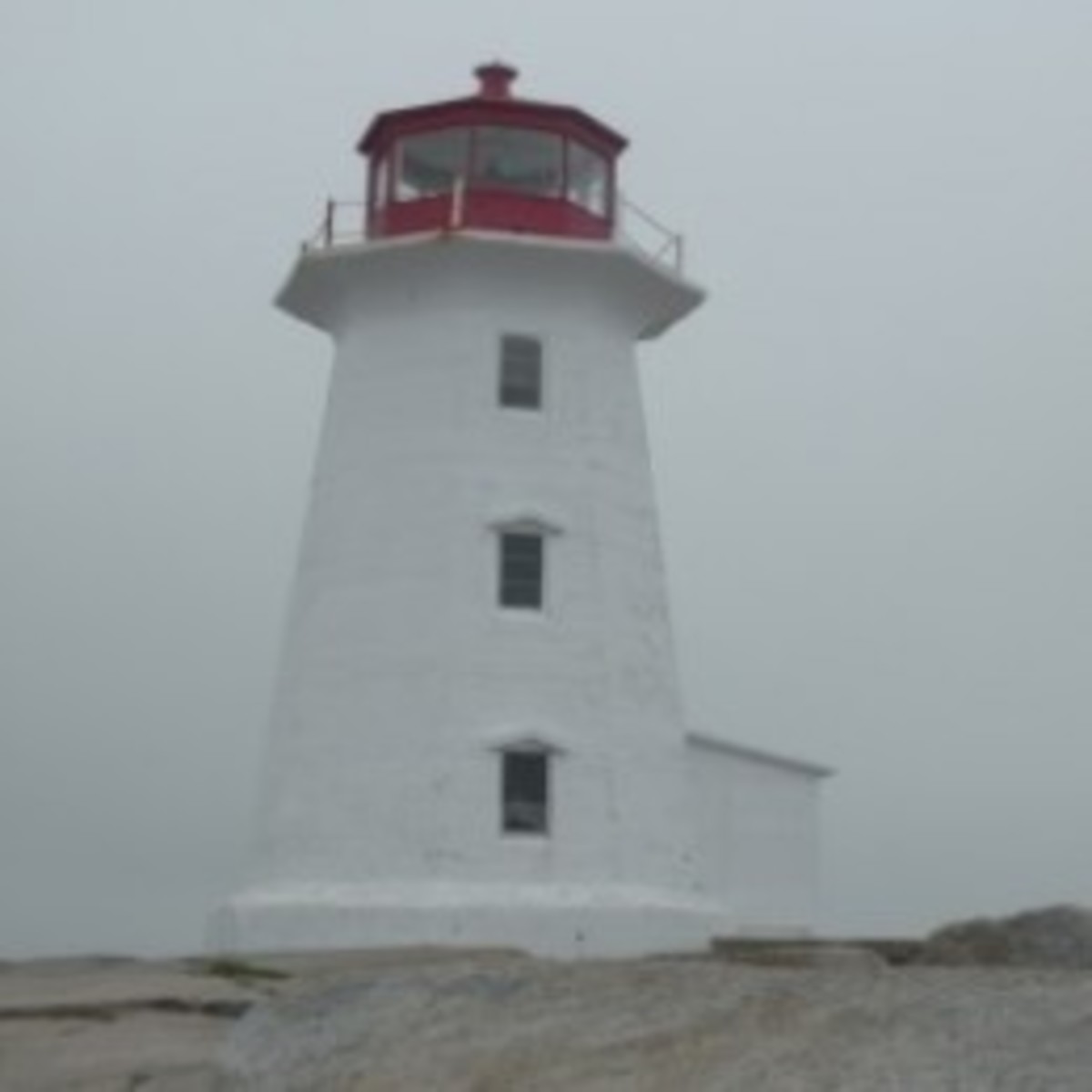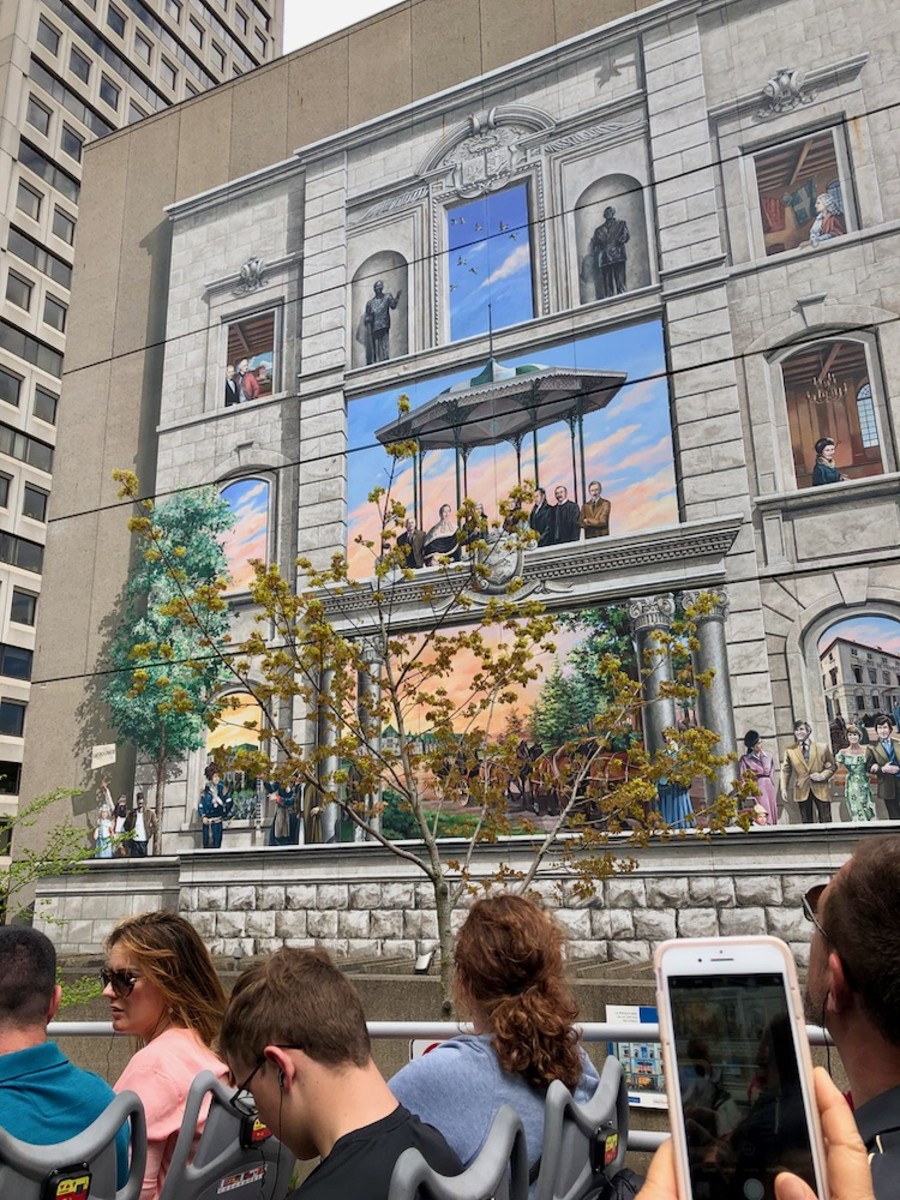"This is Indian Land"
I wrote this a few years back ... I think it is still relevant though.
Perhaps one of the saddest traits of being human is that we do not always appreciating what we have. Most of us are caught up in the hectic flow of life, thinking about our past while we try to figure out our future. We do not always have the time to stop to think and fully appreciate what we have.
Census Canada recorded that there are 11, 410, 046 people living in Ontario as of 2001. Almost half of us (residents of Ontario) are living in Toronto (4,366,508) and Ottawa (Ottawa Hull – 827,854). I get the impression that most of these people hardly leave the city in order to see the rest of the province or country for that matter. To describe or to define Ontario as the heart of the "industry sector" as most people do, would do it great injustice! Although it is the center of business and commerce, Ontario has so much more to offer. The small ‘motto’ on our driver’s plate (“Yours to discover”) is a small hint into understanding this province and ultimately this country.
“This is Indian Land”! I first saw the big uneven white letters, painted on the brown background of a metal bridge on the north side of the highway while I was driving from Sudbury towards Sue St. Marie several years ago. I travel every summer now and every time I head north-west towards Lake Superior and beyond I pass that bridge. It is clearly visible, to the right (north) while you drive on highway 17 from east to west. I smile every time I drive by – it makes me happy – it reminds me why I love this province so much. In Ontario and ultimately in Canada one can find some of the most beautiful places on earth; untarnished nature.
Most of us (Canadians) live in urban areas; most of this country’s land is strange to us – while in Pukaskwa National Park I only saw one other group of people and they were Germans. And when I was hitching a ride back to my car after backpacking in Killarny Provincial Park for several days again it happened that a family of Germans picked me up. The following day when I was driving into Killarny town I saw a lady walking on the side of the road with two of the biggest backpacks I had ever seen. I pulled over and offered her a ride. The lady was in her fifties and she had also been backpacking in Killarny. I noticed a strange accent and asked where she was from. The answer stunned me. She said she was from New Zealand and that she came here to back-pack. I immediately felt sad that I can hardly find anyone that I know to come with me on my road trips, while others come here from New Zealand to ‘explore’ our vast wilderness knowing that our world is become scarce of such places.
Canada is a ‘dreamland’ for many around the world. Americans often go “up-north” to fish and hunt; Europeans come to see ‘the wild-life’ (as I was told) while the native people here try to maintain and protect the land of their ancestors. Thus, ‘we’ the city dwellers have I believe a certain ‘duty’ to understand our country as it really is – Indian Land, and if not explore it at least respect it.
The great tragedy though, is that most of us do not realize how fast our ‘up-north’ is changing due not only to global warming (an issue known to most people now) but also clear-cutting and mining. Companies such as Domtar are rapidly changing the face of our northern parts of the country. They alone have stated that they have shipped ‘approximately 1.3 million tons of pulp in excess’ of their internal requirements in the year of 2005. The biggest problem is that not many people are witnessing or seeing the hills covered in stumps, nor the bears scrambling through garbage bins due to the fact that they are now in closer proximity.
Thus, if we are to blindly satisfy the demand of the world for our natural resources soon enough we will be left with empty hills and many more species of animals and birds heading towards extinction. It will be a heavy cost to pay and if that happened it would simply be because we do not understand and we are not aware of what we have.
>
